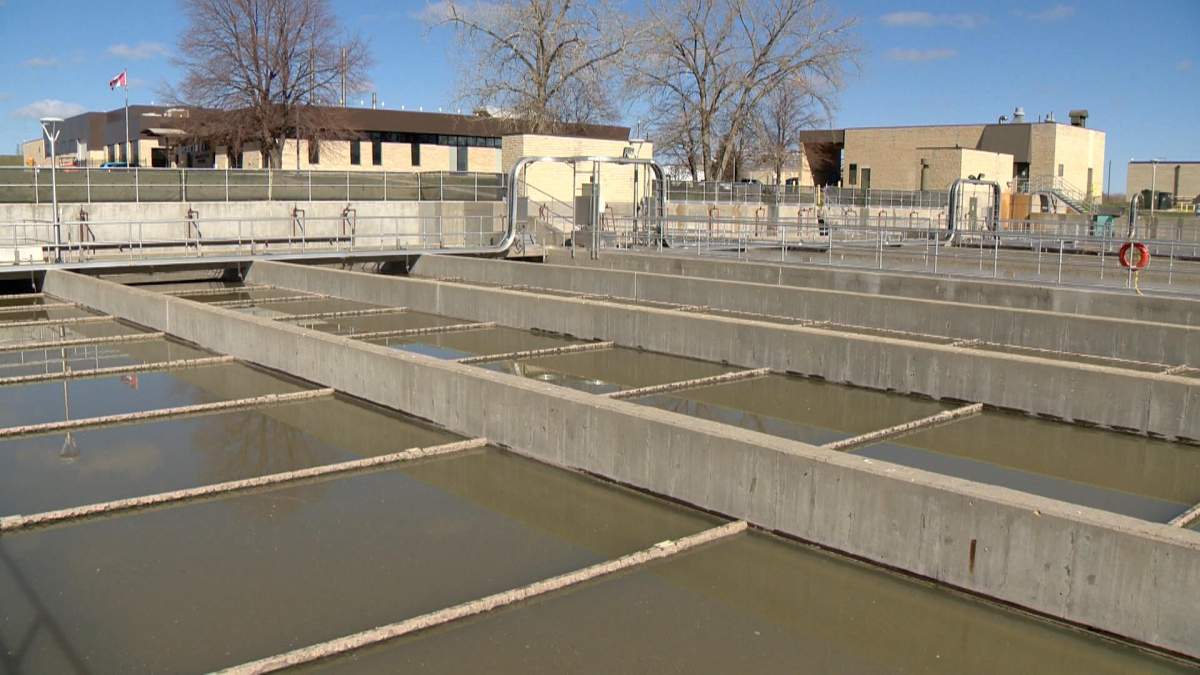The COVID-19 wastewater numbers for Saskatchewan were missing some of the information residents have gotten used to seeing on Monday. The breakdown of the variants seen in the wastewater for Saskatoon, North Battleford, and Prince Albert was removed, with the University of Saskatchewan saying that mutations are making it harder to identify specific subvariants.

John Giesy with USask explained that lately various strains have been independently gaining or losing mutations.
“We have rules we follow in assigning classifications. For instance, if a variant has 50 mutations many of them might not be unique so we can only use the unique mutations which we call diagnostic mutations that we know are specific to only that variant,” Giesy said.
“To assign a classification to a variant, if there are 19 diagnostic mutations we might need to detect 17. Since the RNA is degraded we are only seeing pieces of the RNA so we have to use algorithms to piece them together to the full genome.”

Get weekly health news
He noted that some particles in a sample they might identify as BA.2, but may not have enough information to assign another subvariant.
Giesy said these ways of identifying some of the more common variants use the polymerase chain reaction and complementary DNA, but that doesn’t mean they can identify every single subvariant.
“So for an amplification, we might know that it is BA.2, but not some of the other sub-variants in the BA.2 clade.”
He noted that the BA.2.12.1 variant mentioned in previous reports is no longer present in Saskatchewan, adding that the way they were identifying that strain could have been targeting mutations found in all BA.2 variants, resulting in them misclassifying some of those particles.
Giesy said going forward, they’ll be either classifying a strain as BA.5 or BA.2, noting that they’re 100 per cent certain they are BA.2 subvariants present in Saskatchewan for now.











Comments